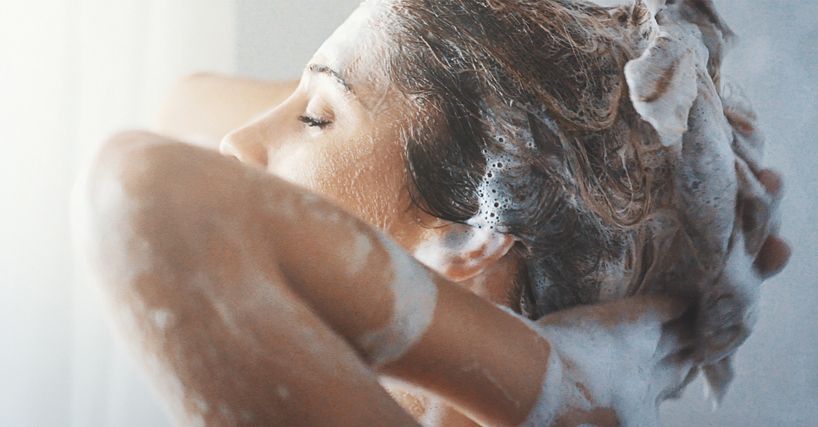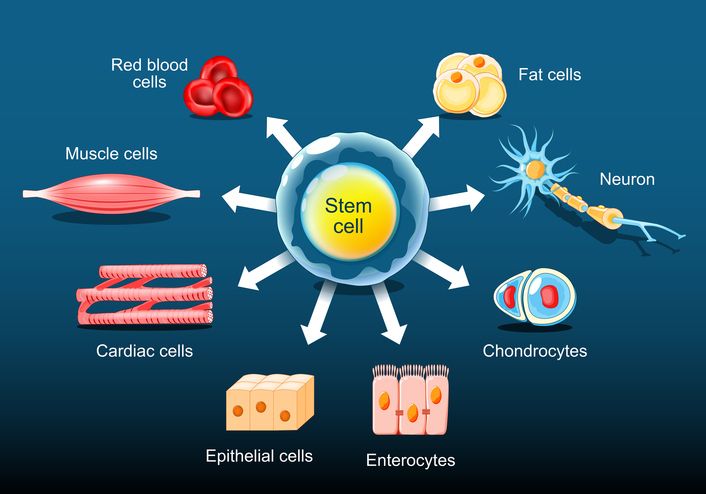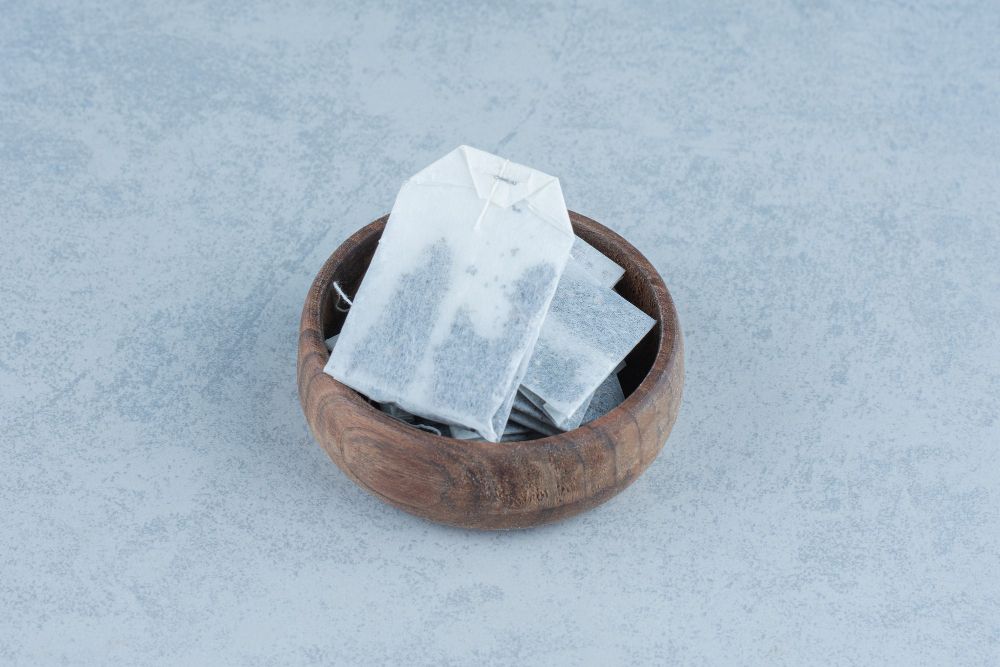
Book Now to Experience
IPL Hair Removal Treatment
1 Minute Self-Registration
Date should not be before minimal date
Author: Natalie Ng|20 April 2025
Facial hair removal is something a lot of people deal with, whether it’s shaping eyebrows, getting rid of chin hair, or just smoothing out peach fuzz. There are tons of ways to remove facial hair, from quick fixes like shaving and waxing to longer-lasting options like laser hair removal and electrolysis. Some methods only get rid of hair at the skin’s surface, while others go deeper, targeting the hair roots to slow down facial hair growth over time. But with so many options, how do you know which one is right for you? Whether you're looking for a quick fix or a long-term solution, understanding how each method works can help you make the best choice. Let’s break down the best ways to remove hair and keep your skin smooth.
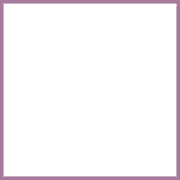
1
Different Types of Facial Hair
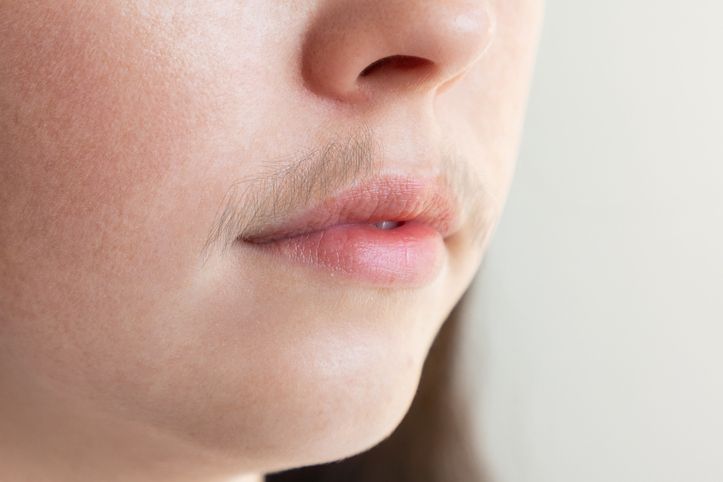
Fine vs. Coarse Facial Hair

2
Hair Removal Methods for Different Skin Types

1. Shaving: Quick and Easy, But Not Long-Lasting
2. Waxing: Longer-Lasting Results, But Can Cause Irritation
3. Threading: Precise Hair Removal Without Chemicals
4. Depilatory Creams: Painless But Can Cause Sensitivity
5. Sugaring: A Gentler Alternative to Waxing
How to Choose the Best Temporary Method for Your Skin Type

3
Removing Facial Hair Naturally

1. Turmeric and Milk
2. Egg White and Rice Flour
3. Oatmeal and Banana Scrub
4. Papaya and Turmeric

4
Professional Treatment To Remove Facial Hair

Professional Treatment Options

Book Now to Experience
IPL Hair Removal Treatment
1 Minute Self-Registration
Date should not be before minimal date

5
3. IPL Hair Removal for Facial Hair: A Long-Term Solution for Smooth Skin
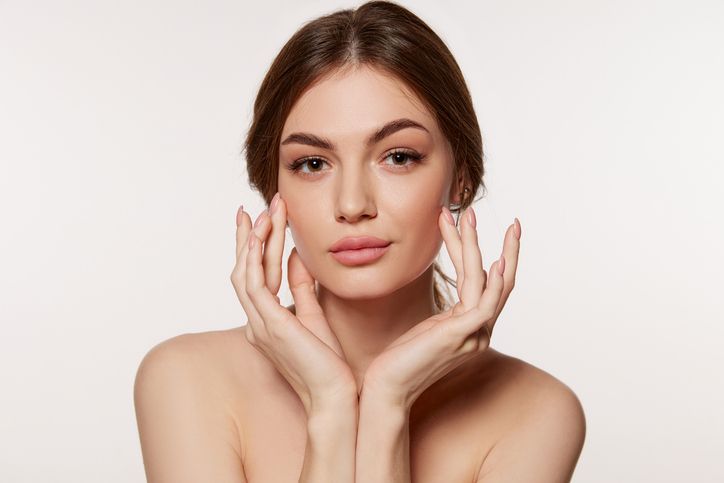
How IPL Hair Removal Works
Why IPL is a Better Alternative to Other Hair Removal Methods
Benefits of IPL Hair Removal for Facial Hair
Is IPL Hair Removal Right for You?
FAQ
Can I Combine Different Facial Hair Removal Methods in the Same Week?
You can safely combine most non-invasive hair removal methods like shaving, tweezing, waxing, and threading in the same week, provided you space them appropriately and monitor your skin's reaction. However, you'll need to be cautious when incorporating laser treatments, which require specific timing and shouldn't be combined with other methods immediately before or after sessions. Always perform patch tests and watch for adverse reactions when trying new combinations.
How Soon After Facial Hair Removal Can I Apply Makeup?
Studies show that 85% of people who apply makeup too soon after hair removal experience some form of skin irritation. You'll need to wait 24-48 hours after most facial hair removal methods before applying makeup, though this timeline varies based on your skin's sensitivity and the method used. If you've had laser treatment, wait 48 hours, while for dermaplaning, a 24-hour wait is typically sufficient, ensuring your skin has time to recover.
Does Hair Grow Back Thicker or Darker After Certain Removal Methods?
Despite common beliefs, hair doesn't actually grow back thicker or darker after removal methods like shaving, dermaplaning, or waxing. You'll notice that shaved hair may appear coarser due to the blunt ends created by cutting, but this is merely an illusion. Your hair's thickness and color are determined by genetics and hormones, not by how you remove it, and scientific studies have consistently shown that removal methods don't alter these inherent characteristics.
Should Facial Hair Removal Methods Change During Pregnancy?
Like a gardener adjusting their tools with the changing seasons, you'll need to adapt your facial hair removal methods during pregnancy. You should switch to gentler options like tweezing or threading for small areas, as your skin becomes more sensitive. While waxing and sugaring remain safe, they might cause increased discomfort. Avoid laser treatments and carefully select depilatory creams, ensuring you consult your healthcare provider before trying new methods.
What Foods or Supplements Can Help Slow Facial Hair Growth?
You can manage facial hair growth through nutrient-rich foods and supplements that influence hormone levels. Focus on magnesium-rich foods like soybeans and whole grains, zinc-containing items such as pumpkin seeds and dark chocolate, and vitamin B6 sources including avocados and salmon. Additionally, incorporate spearmint tea, flaxseeds, and cruciferous vegetables into your diet, as they've shown potential in reducing androgen levels and slowing facial hair growth.

Book Now to Experience
IPL Hair Removal Treatment
1 Minute Self-Registration
Date should not be before minimal date
Recommended Articles
COPYRIGHT© NEW BEAUTY MANAGEMENT LIMITED 2025. ALL RIGHT RESERVED.

